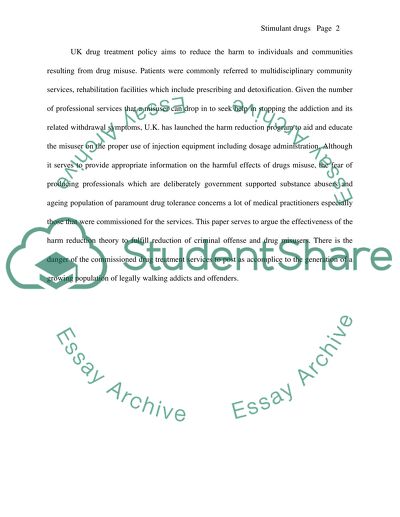Cite this document
(“Stimulant drug misuse strategies and treatment options available Essay”, n.d.)
Stimulant drug misuse strategies and treatment options available Essay. Retrieved from https://studentshare.org/health-sciences-medicine/1532403-stimulant-drug-misuse-strategies-and-treatment-options-available
Stimulant drug misuse strategies and treatment options available Essay. Retrieved from https://studentshare.org/health-sciences-medicine/1532403-stimulant-drug-misuse-strategies-and-treatment-options-available
(Stimulant Drug Misuse Strategies and Treatment Options Available Essay)
Stimulant Drug Misuse Strategies and Treatment Options Available Essay. https://studentshare.org/health-sciences-medicine/1532403-stimulant-drug-misuse-strategies-and-treatment-options-available.
Stimulant Drug Misuse Strategies and Treatment Options Available Essay. https://studentshare.org/health-sciences-medicine/1532403-stimulant-drug-misuse-strategies-and-treatment-options-available.
“Stimulant Drug Misuse Strategies and Treatment Options Available Essay”, n.d. https://studentshare.org/health-sciences-medicine/1532403-stimulant-drug-misuse-strategies-and-treatment-options-available.


